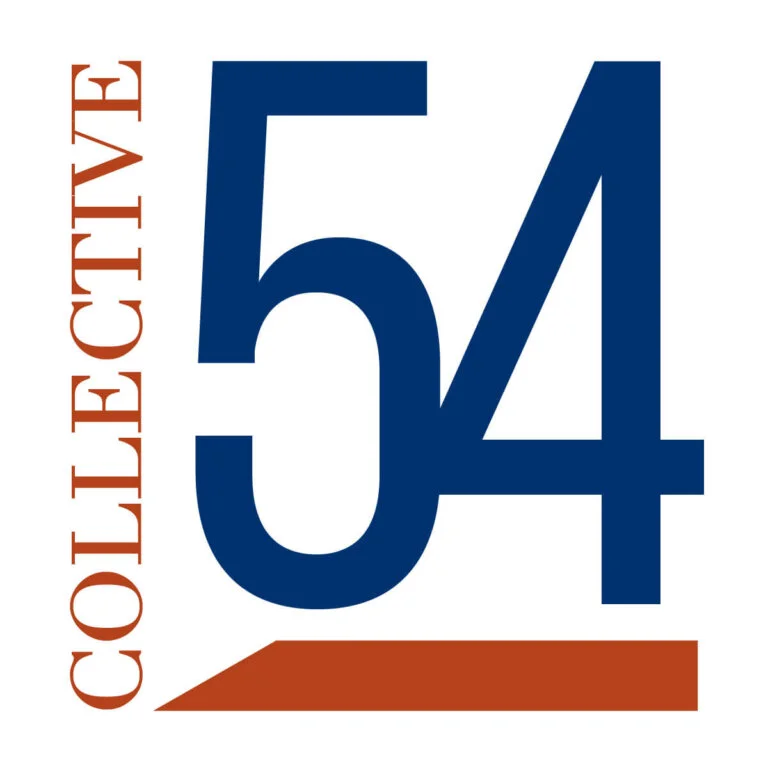Why Founders of Boutique Professional Service Firms Should Join Both EO and Collective 54
Years ago, I was a young entrepreneur building a small firm from the ground up. Like many of you, I was hungry for growth, learning, and community. So I joined EO—the Entrepreneurs’ Organization—and it made a real difference in my life. The people I met, the forums I joined, and the events I attended helped me grow personally and professionally.
Eventually, I outgrew EO, moved up to YPO, and then I sold my firm and joined Tiger 21. But the seed was planted. I became a true believer in the power of peer groups. And along the way, I spotted a gap in the market—a need for a highly specialized, tightly curated community just for the founders of boutique professional service firms. That’s why I created Collective 54.
Today, many founders ask me the same question: “Should I join Collective 54 if I’m already in EO?”
My answer: Yes. Join both.
Here’s why they’re complimentary—not competitive.
Focus: EO is broad. Collective 54 is narrow.
EO is an outstanding community that serves all industries, and all geographies. It’s designed for anyone who identifies as an entrepreneur, which creates a rich and diverse network.
Collective 54, by contrast, focuses exclusively on one thing: founders of boutique professional service firms in North America. We go deep instead of wide. Our members aren’t in tech, retail, or manufacturing—they run consulting, marketing, design, legal, and similar firms. That’s why the conversations here are hyper-relevant and immediately actionable.
Membership Size: Big isn’t always better.
EO has tens of thousands of members. It’s a global force, and that comes with perks. But with size comes some drawbacks. I often hear new Collective 54 members say things like:
- “EO felt too big—I didn’t want to be one of 20,000.”
- “My chapter’s member quality varied a lot.”
- “I didn’t always connect with founders in Asia, the Middle East, or South America.”
In contrast, Collective 54 is intentionally small—just a few hundred hand-picked members. Everyone is a peer. Everyone runs a boutique service firm. And everyone passes a high bar to get in.
Engagement Format: Volunteer vs. Expert-led.
EO runs on local chapters, volunteer-led forums, and a wide range of self-guided learning. Sometimes that works brilliantly. Other times, the experience can be uneven—especially when volunteers are also busy running businesses.
At Collective 54, everything is expert-led, with a centralized cadence, and a proven structure that drives results. No randomness. No filler. Just real insights from people who’ve scaled, exited, and re-entered the game.
Technology: One is transforming. One is already transformed.
EO is a 40-year-old institution that’s just starting its digital transformation. Meanwhile, Collective 54 was built as a digital-first, tech-enabled community from day one—with AI feedback loops, custom dashboards, and a private platform that makes learning and connecting effortless.
Ownership
EO is a nonprofit, so its incentive is centered on social impact rather than financial return. The implication? A tendency toward bureaucracy and slower decision-making.
Collective 54 is founder-owned, aligning its incentives around creating real impact rather than status or profit. The implication? A sharp focus on serving its members.
Events: One is lavish. The other is laser focused.
EO’s events are big, bold, and broad—often hosted in glamorous destinations and designed for members and spouses alike. For some, that’s a feature. For others, it’s a lot of money and time for something not always relevant to the business.
Our workshops at Collective 54 are small, intimate, and practical—and exclusively for founders of small service firms. They’re time-efficient, cost-effective, and focused on solving real problems in real time.
Business Development: A different philosophy.
EO has a strong no-solicit policy to preserve the sanctity of peer relationships. At Collective 54, we take a different approach. We encourage business among members—as long as it’s done with integrity and transparency as defined in our Code of Conduct. Our platform is designed to help members do business with each other and refer business to one another, which creates a multiplier effect that’s hard to find anywhere else.
Real People Doing Both
This isn’t theoretical. Dozens of members belong to both EO and Collective 54 and say they benefit tremendously from the combination.
Take Justin Nassiri, founder of Executive Presence. Or Andrea Fryrear of Agile Sherpa. Or Kyle Walbrun, founder of Executive Aid. All three are active in both communities—and they tell us they get something different, but equally valuable, from each.
What You’ll Find at Collective 54
The top benefit our members report is focus—on three things:
- One industry: Professional services.
- One segment: The boutique firm—past startup, scaling, and not quite ready for exit.
- One member type: The founder/owner.
Our mission is to help members turn their lifestyle business into a wealth-generating asset. And it’s working. To date, more than 50 Collective 54 members have become deca-millionaires after selling their firms.
In Closing: Join Both.
If you’re a founder of a boutique professional services firm, I encourage you to stay in EO—and add Collective 54. They complement each other beautifully. One helps you grow as a whole person. The other helps you scale your firm, increase its value, and build real wealth.
So if this article resonated with you, forward it to a friend in EO and say, “You should check out Collective 54.”
They’ll thank you.
